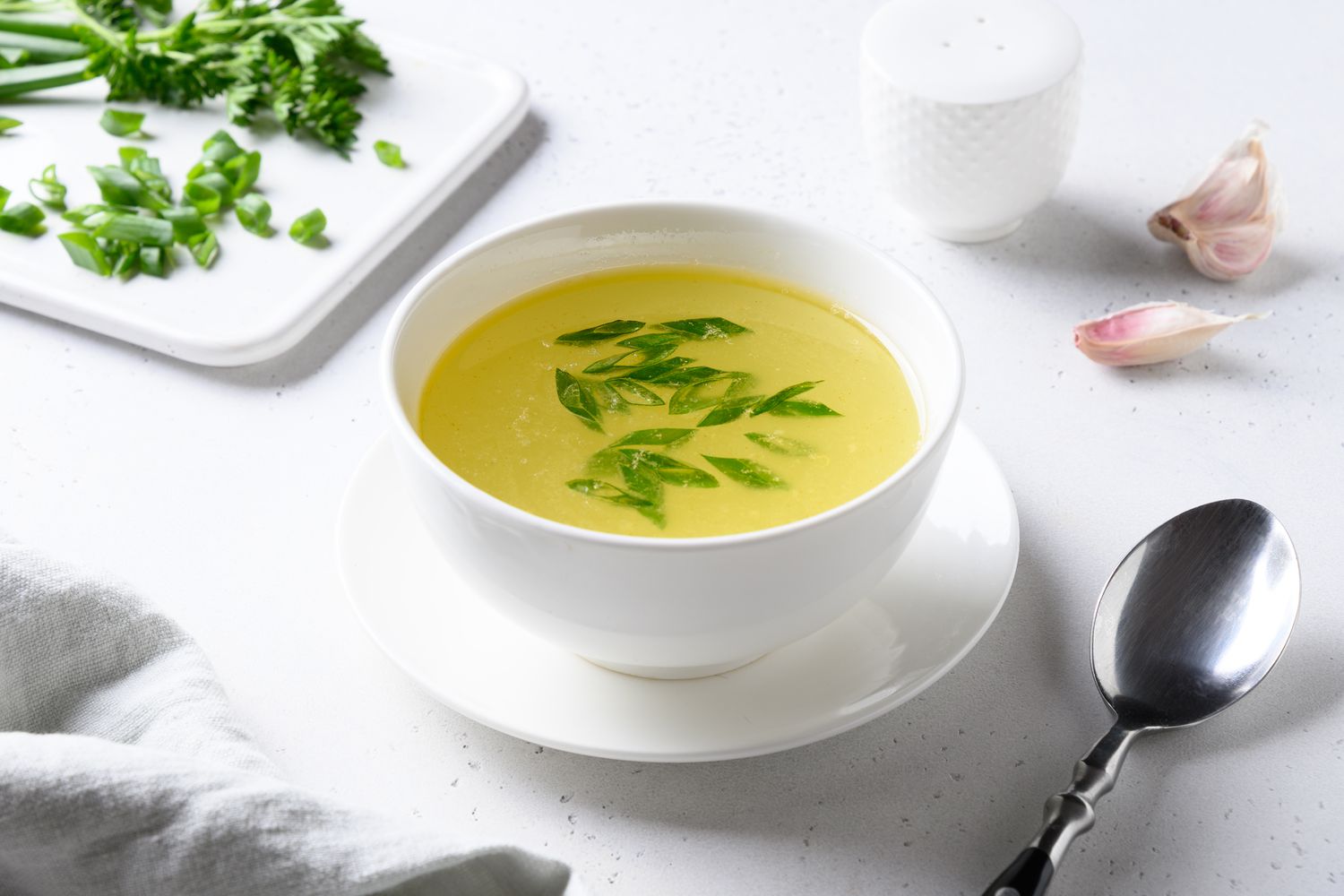
Are You Giving Your Hydrangeas Enough Water? Here’s How Much a Pro Gardener Recommends
Key Takeaways
- Consistent moisture is crucial for hydrangeas, but overwatering can be detrimental.
- The key is to water the base of the plant deeply, adjusting frequency based on weather conditions.
- Beyond watering, successful hydrangea care involves proper pruning, understanding soil pH, and knowing the variety’s light requirements.
Hydrangeas grow in the majority of the U.S., but these flowers have come to symbolize coastal life in New England. In particular, Cape Cod is known for exploding with hydrangeas come late June. Nowhere is that more apparent than at the Chatham Bars Inn, where Pamela Vasques, the inn’s gardener and “the hydrangea whisperer,” cares for the property’s 6,000 hydrangea bushes.
Vasques knows better than anyone how finicky hydrangeas can be, and it’s probably safe to say she’s nailed down the best care routine for them, including how much water they require to thrive. Here, she shares how to gauge your hydrangea’s water needs, plus a few extra growing tips.
How Much Water Do Hydrangeas Need?
There’s truly no set amount for how much water hydrangeas need, but there’s one fact you should always keep in mind to guide you: “Hydrangeas like to stay moist,” Vasques explains.
While she works with an irrigation system that runs for four to six hours each night, you don’t need all those bells and whistles for healthy blooms. “It’s best to water your hydrangeas from the base before dusk or at dawn,” she says. “Give them a good soak for about 30 minutes depending on the weather.”
Courtesy of Chatham Bars Inn
How Often to Water Hydrangea
The key to healthy hydrangeas is not overwatering them—or underwatering them. It’s a delicate balance, but one that Vasques has mastered. Simply water them daily if it’s sunny and hot out, or every other day if the temperature is lower.
You’ll know your hydrangeas need water if the leaves and mopheads (or the blooms) start to wilt. On the other hand, if you’re overwatering, the leaves will turn yellow, she says.
Vasques has one important tip for the optimal hydrangea watering technique: Water the base of the plant and not the leaves. Otherwise, the sun will cause the water droplets collected on the leaves to burn them and turn black.
Courtesy of Chatham Bars Inn
More Tips for Hydrangea Care
If you’ve mastered your plants’ watering schedule and they’re still not looking very healthy, you’ll want to consider how you’ve pruned them. Here are some other tips for hydrangea care.
- Prune your hydrangea bushes no later than early fall, just before the buds start forming for next year.
- Pay attention to your plant’s soil type. A soil with higher acidity produces blue flowers. A neutral pH produces pink, and the middle of the two results in purple.
- Read about your hydrangea’s variety before planting it. Many prefer partial shade, while some can tolerate more sun.










